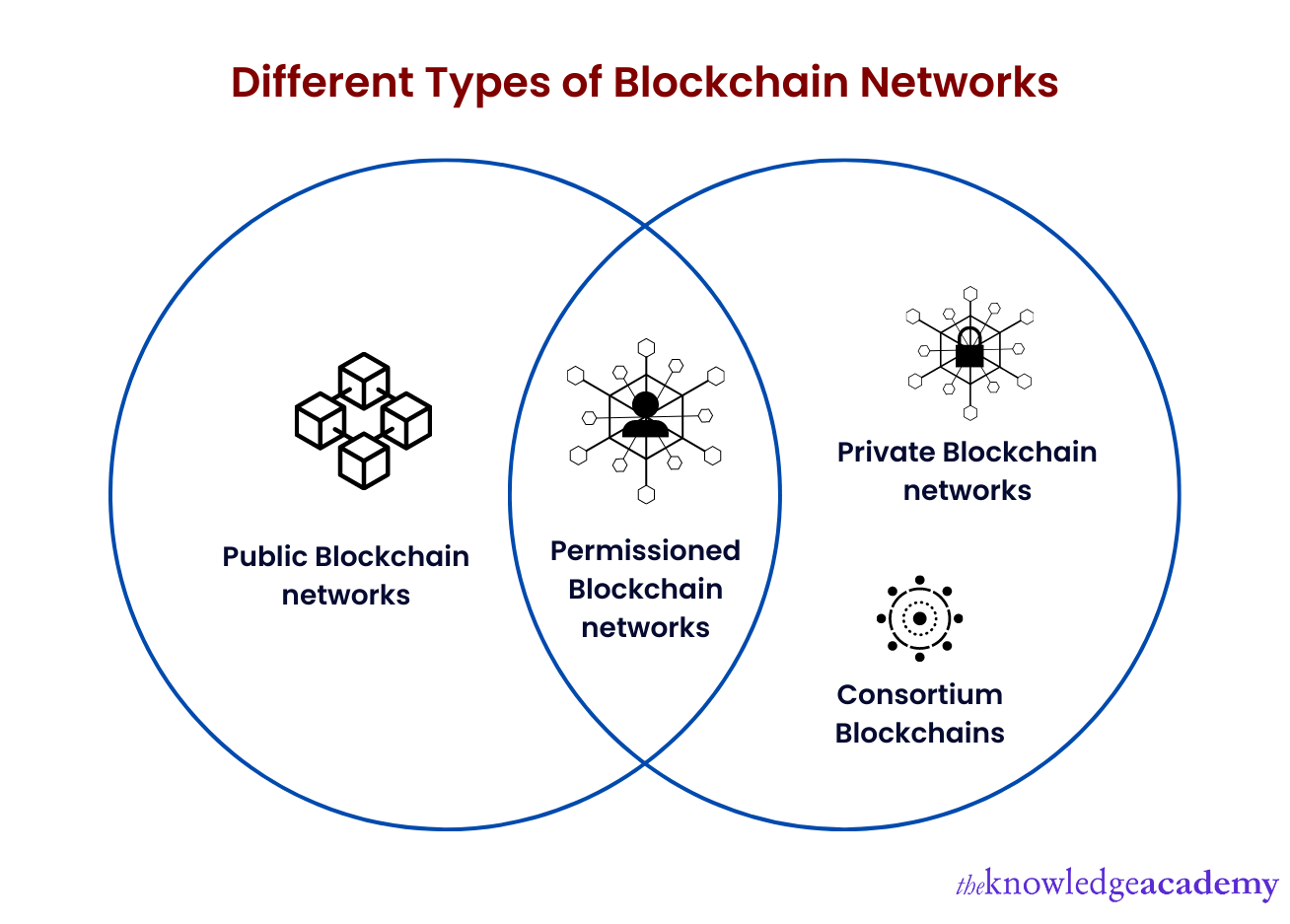The Most Popular Blockchain Networks And How They Differ
In the vast and rapidly evolving world of blockchain, several networks have risen to the top, each with its unique strengths, weaknesses, and use cases. From the pioneering Bitcoin to the smart contract-enabled Ethereum, and from the environmentally friendly Solana to the scalable Polkadot, the diversity of blockchain networks is staggering. In this article, we’ll take a closer look at some of the most popular blockchain networks and how they differ from one another.

- Decentralized Cloud Computing And The Rise Of Crypto A New Era In Data Storage
- The New Guardian Of Patient Data: How Blockchain Is Revolutionizing Healthcare Security
- The Best Crypto Apps For Earning Rewards And Cashback
- The Role Of Crypto In The Gaming Industry
- Unlocking The Secrets Of The Crypto Universe
Bitcoin – The Grandfather of Blockchain
Table of Content
Bitcoin, the first-ever blockchain network, launched in 2009 by the enigmatic Satoshi Nakamoto, is still the most widely recognized and used blockchain network. Bitcoin’s primary use case is as a peer-to-peer digital currency, allowing users to transfer value without the need for intermediaries like banks. Bitcoin’s network is secured by a proof-of-work (PoW) consensus algorithm, which requires significant computational power to validate transactions.
However, Bitcoin’s limitations in scalability, with only 7 transactions per second (TPS), and high transaction fees have led to the development of alternative solutions. Despite these limitations, Bitcoin remains the most widely adopted and respected blockchain network, often referred to as the "digital gold standard."
Ethereum – The Smart Contract Pioneer
Ethereum, launched in 2015 by Vitalik Buterin, is the first blockchain network to introduce smart contracts, allowing developers to build decentralized applications (dApps) on its platform. Smart contracts enable self-executing contracts with predefined rules and automate various processes. Ethereum’s use cases extend beyond digital currency to include decentralized finance (DeFi), gaming, and non-fungible tokens (NFTs).
Ethereum’s PoW consensus algorithm is similar to Bitcoin’s, but it is in the process of transitioning to a proof-of-stake (PoS) algorithm, which promises to improve scalability and reduce energy consumption. Ethereum’s smart contract capabilities have made it a popular choice for developers and enterprises, and its market capitalization is second only to Bitcoin.
Solana – The Speed Demon
Solana, launched in 2020 by Solana Labs, is a fast and scalable blockchain network that uses a unique proof-of-history (PoH) consensus algorithm. Solana’s network claims to process up to 65,000 TPS, making it one of the fastest blockchain networks available. This speed, combined with its relatively low transaction fees, has attracted many developers and DeFi applications to its platform.
Solana’s eco-friendly focus and minimal energy consumption have also made it an attractive choice for enterprises and institutions seeking to reduce their carbon footprint. Solana’s native cryptocurrency, SOL, has gained significant attention and has become one of the top 10 cryptocurrencies by market capitalization.
Polkadot – The Interoperability Enabler
Polkadot, launched in 2020 by the Web3 Foundation, is a decentralized platform that enables interoperability between different blockchain networks. Polkadot’s unique architecture allows for seamless interactions between isolated blockchain networks, enabling the transfer of assets and data between them.
Polkadot’s use cases extend beyond digital currency to include cross-chain DeFi applications, gaming, and the Internet of Things (IoT). Polkadot’s novel shared security model allows smaller blockchain networks to leverage its security and scalability, making it an attractive choice for new and existing blockchain projects.
Binance Smart Chain – The Centralized Challenger
Binance Smart Chain (BSC), launched in 2020 by the Binance cryptocurrency exchange, is a centralized blockchain network that aims to provide a more centralized alternative to decentralized networks like Ethereum. BSC uses a unique proof-of-authority (PoA) consensus algorithm, which allows for faster transaction processing and lower fees compared to decentralized networks.
BSC’s centralized nature has attracted many developers and DeFi applications, who benefit from its ease of use, faster transaction processing, and lower fees. However, BSC’s lack of decentralization has raised concerns about its security and potential for censorship.
The world of blockchain is a diverse and rapidly evolving ecosystem, with various networks offering unique strengths, weaknesses, and use cases. From the pioneering Bitcoin to the smart contract-enabled Ethereum, and from the environmentally friendly Solana to the scalable Polkadot, each network has its place in the blockchain universe. As the space continues to mature, we can expect to see new and innovative solutions emerge, each with its own strengths and weaknesses.
In this ever-changing landscape, it is essential to understand the unique characteristics and trade-offs of each blockchain network. By doing so, developers, enterprises, and individuals can make informed decisions about which network best fits their needs and interests.
